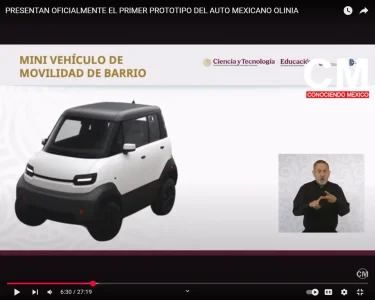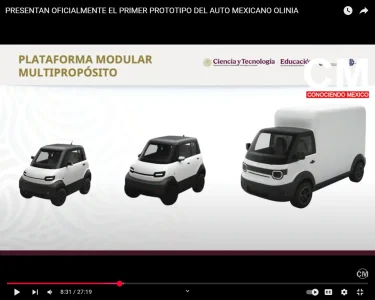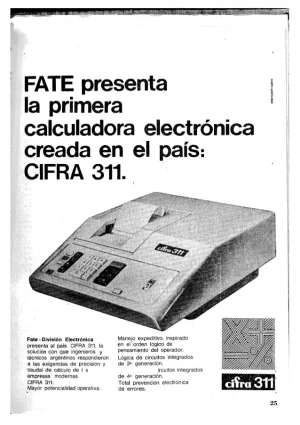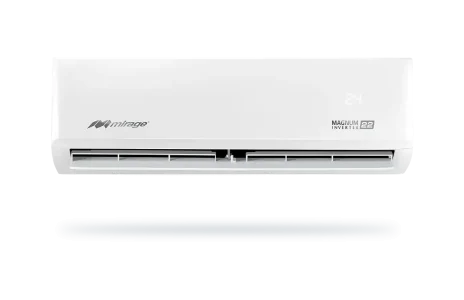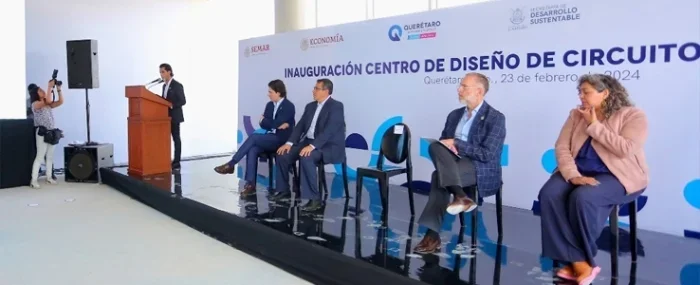Zacua has transformed the automotive industry in Mexico. With 60% of its components produced domestically, it demonstrates that Mexican innovation and talent are on par with international markets.
In a market dominated by automotive giants, Zacua, a Mexican company, has demonstrated that innovation and technological sovereignty are not exclusive to large corporations. Since its founding in 2018, this company has marked a turning point in the national automotive industry by embracing a unique and profoundly Mexican approach. Nazareth Black, CEO of Zacua, shared the challenges, achievements, and future plans that have made the brand a benchmark in electromobility.
A visionary beginning
Zacua began as a modest project, but with an ambitious mission. “There is no company that is born super global and multi-million dollar. Zacua was born from a small Mexican family business with the mission of demonstrating that Mexicans can innovate technologically,” Black explained.
In 2018, Mexico was just emerging in the electric vehicle market, with just over 100 units sold annually. Given this situation, Zacua decided not to compete directly with the major brands. Instead, it opted to pave the way and demonstrate that technological sovereignty was possible: “The mission is to demonstrate that in the country we have everything to innovate and develop technology; we have the tools and the talent.”
The Zacua plant, located
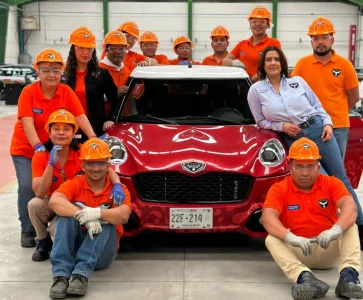
in Puebla, is one of a kind. Unlike traditional factories, it doesn't have large machines or automated processes. Each vehicle is assembled by hand, in a process that combines precision, dedication, and craftsmanship. This approach allowed Zacua to produce its first generation of electric cars, the M2 and M3 models, in limited quantities.
“We made the car, we broke ground, we paved the way with actions, and now there's a path to growth,” Black stated. This first phase was crucial in demonstrating that a Mexican company could lead in a market as competitive and technologically advanced as electromobility.
Evolution Toward Zacua 2.0
After overcoming initial challenges and consolidating its position in the domestic market, Zacua is undergoing a transformation. The company is working on a new, larger plant in Puebla that will allow for increased production capacity and the development of new prototypes focused on micromobility and last-mile delivery.
Furthermore, Zacua is looking to the international market. By 2026, the company plans to export electric vehicles to California, a leading state in the adoption of sustainable technologies. According to Black, this expansion will be a key step in Zacua's evolution: "We are working on R&D projects for new prototypes and business models. Zacua already has hundreds of international requests, which demonstrates our growth potential."
This second generation of Zacua, dubbed "Zacua 2.0," represents a shift in the company's strategy. Now, with greater confidence and experience, the company is ready to take on new challenges and establish itself as a benchmark in the industry.
Mexican Integration as a Goal
Although Zacua currently collaborates with international companies for key components, such as the German engine and French design, its long-term vision is to become the world's first car with 100% Mexican sourcing. This goal, although ambitious, is already underway. Today, Zacua's national integration reaches 60%, thanks to the local manufacturing of parts such as transmissions and harnesses.
However, one of the biggest challenges remains the battery, an essential component for electric vehicles. In Mexico, there are still no companies developing batteries locally, but Zacua is committed to finding a solution: "We want to develop our own engine and our own battery in the medium term. We can't make mistakes; we are committed to continuing to work toward full integration," Black stated.
Inspiring a New Generation of Mexicans
Beyond its technical and commercial achievements, Zacua has become a source of inspiration for other Mexicans. Since its inception, the company has sought to demonstrate that national talent and creativity are sufficient to compete in the most advanced industries.
“Zacua proves that we have the creativity and technology to innovate,” Black stated. This message has resonated with young engineers, designers, and entrepreneurs who see Zacua as an example of what is possible with dedication and vision.
During the pandemic, Zacua faced one of the most difficult times in its history. However, thanks to the commitment and passion of its team, the company managed to stay afloat. “Our fellow travelers are the heart of Zacua. Without them, we wouldn't be here,” Black emphasized.
A sustainable legacy
Sustainable
In a world increasingly aware of the effects of climate change, Zacua is positioning itself not only as an electric vehicle manufacturer, but as an agent of change in the fight for a sustainable future. “Any effort that aims to promote electromobility is good. We applaud any initiative that reduces emissions,” stated Zacua's CEO.
With a clear vision, a committed team, and a strategy that combines innovation and sustainability, Zacua is forging a unique path in the automotive industry. The company not only represents the future of electromobility in Mexico, but also tangible proof that Mexican talent can compete and excel in the most demanding markets around the world.
Zacua has demonstrated that, with passion, resilience, and a clear vision, it is possible to transform a dream into a reality that inspires entire generations. Its legacy, although just beginning, is already making history in the electric automotive industry.
Zacua ha transformado la industria automotriz en México. Con un 60% de componentes de producción nacional, demuestra que la innovación y el talento mexicanos están

mexicoindustry.com



